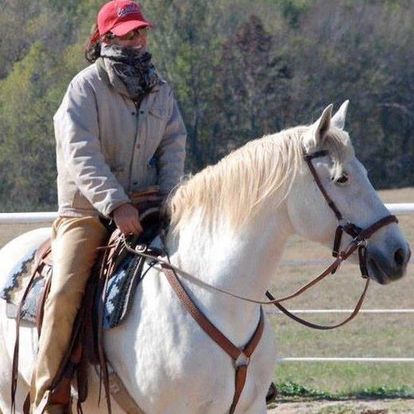Equine Craniosacral level 1 “Beginnings”
This 4 day class provides a thorough introduction to the origins, and modern practices of craniosacral, the primary structures of the craniosacral system, the autonomic nervous system and how equine posture dynamics are wired into the tissues of the body, energetic and emotional loading of relevant anatomical structures in the skull with 3D animations. Students will learn perceptual skills, and hands on technique protocol that will serve as a powerful treatment tool to not only begin applying equine craniosacral, but will also provide a solid foundation for further learning.
April 18-21, 2024
Check calendar for more dates to come.


























Ross Jacobs